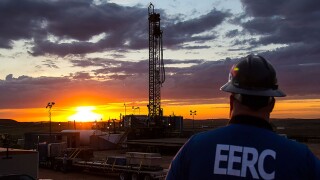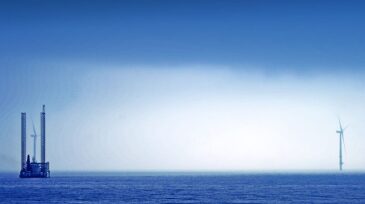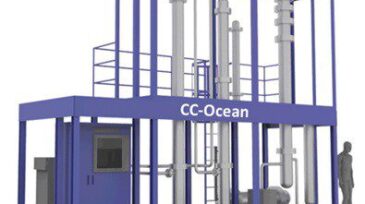Carbon capture and storage
Regulators pull from experiences in the oil and gas industry to define best stewardship practices for the nascent CCS industry.
EERC CEO Charles Gorecki outlines how applied research in North Dakota is helping improve oil recovery, reduce emissions, and advance carbon storage.
This article is the fifth in a Q&A series from the SPE Research and Development Technical Section focusing on emerging energy technologies. In this edition, Shantanu Agarwal, founder and CEO of Mati Carbon, discusses how the company’s approach to carbon removal led to winning the Musk Foundation’s XPRIZE in 2025.
-
Eni plans to reuse depleted hydrocarbon reservoirs in Liverpool Bay to permanently store CO2 captured in northwest England and North Wales.
-
The oil major said it will now work with Global Thermostat on technology that would remove carbon dioxide directly from the air.
-
Phase 1 involved a feasibility study for a facility capable of capturing 750,000 tonnes of carbon dioxide annually. The next phase will explore building a facility capable of more than twice that amount.
-
The project aims to identify risks and conduct operability and safety evaluations for the world’s first attempt at capturing carbon dioxide at sea.
-
Oxy Low Carbon Ventures and Rusheen Capital Management have formed a development company to finance the world’s largest carbon-dioxide-capturing facility using Carbon Engineering’s direct air capture technology.
-
Two technologies that may play a part in the decarbonization of the UK energy business are carbon capture, use, and storage and the use of hydrogen for energy transportation and storage. This approach builds on the UK’s gas-network infrastructure, which can be repurposed to avoid becoming stranded.
-
The White House review of proposed rules for an expanded credit for capturing and storing carbon dioxide resulted in changes that give the IRS more time to take back the credits in case of carbon leaks.
-
The cement industry is exploring carbon capture technology to reduce its carbon footprint.
-
The company started operating its mobile test facility for carbon capture at Preem’s refinery in Lysekil, Sweden.
-
Total is stepping up its research into carbon capture, utilization, and storage technologies by signing a multiyear partnership with UK startup Cambridge Quantum Computing. This partnership aims to develop new quantum algorithms to improve materials for carbon capture.













